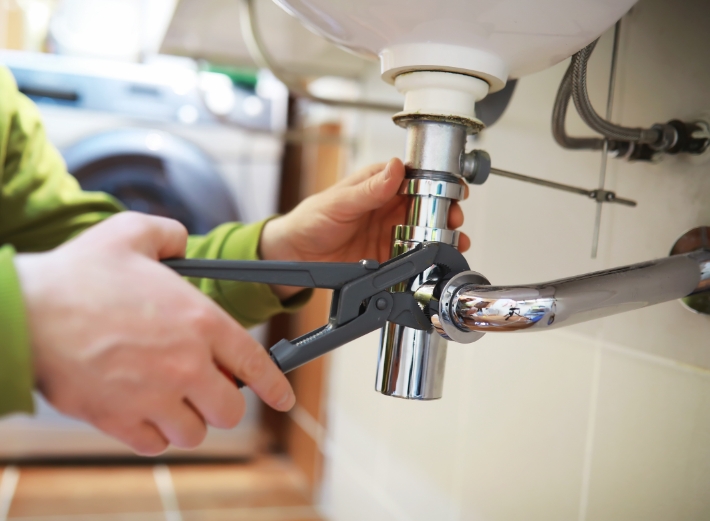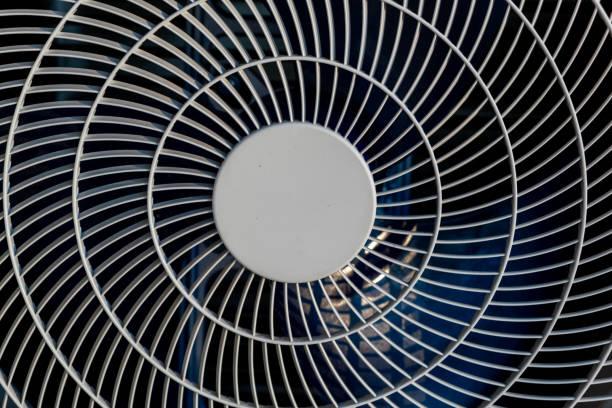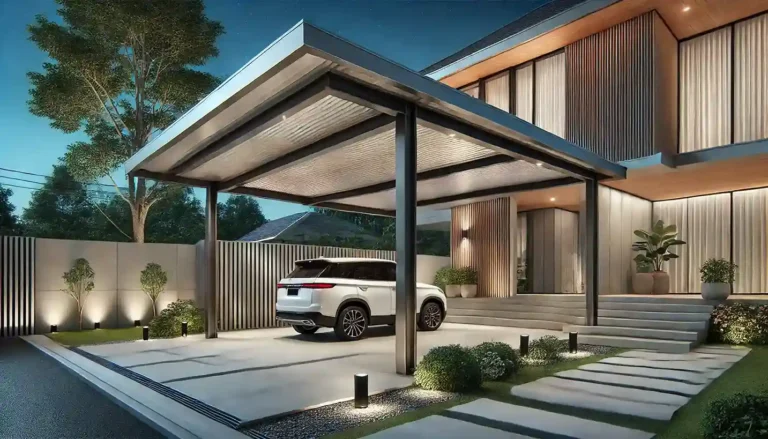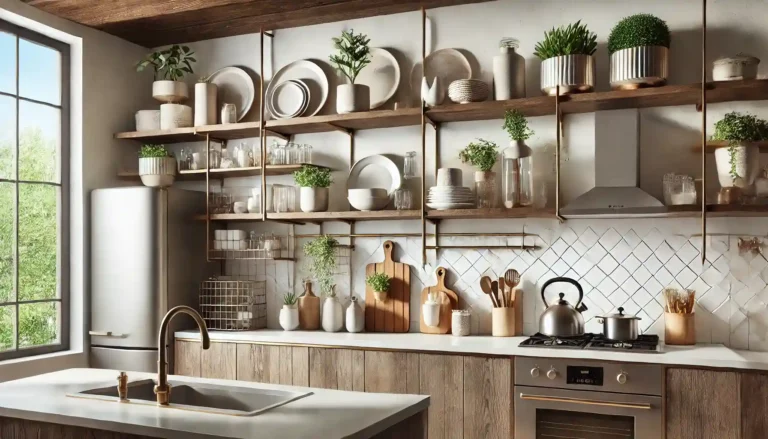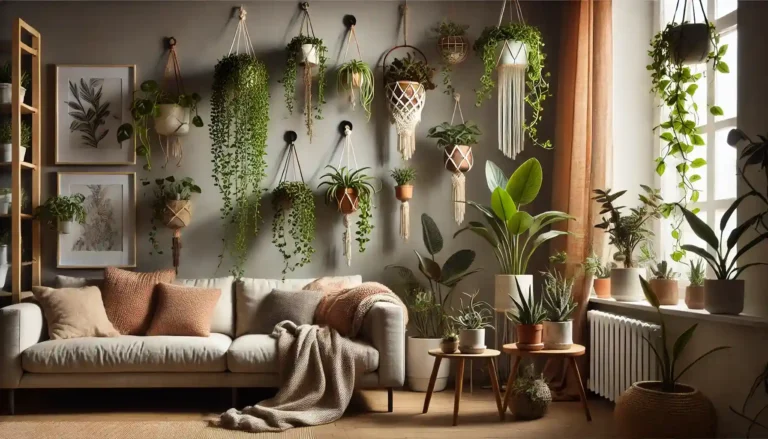Shoji White vs Alabaster: Which Sherwin Williams Paint is Right for Your Home?
Choosing between Shoji White and Alabaster can be a challenge for homeowners seeking the perfect neutral color for their space. Both of these popular Sherwin Williams paints offer warm, neutral tones, but subtle differences in depth and undertone can make one more suited for your home than the other. In this guide, we’ll compare Shoji White vs Alabaster in various settings, from interiors to exteriors, to help you make the best decision for your project.
What is Shoji White?
Shoji White (SW 7042) is a soft, warm off-white with subtle greige undertones. With a Light Reflectance Value (LRV) of 74, it reflects enough light to keep a space bright while maintaining warmth. Shoji White is versatile, working well in cozy living rooms, bedrooms, and even exteriors. This color offers a calming, welcoming vibe, perfect for creating a comfortable atmosphere.
Where Does Shoji White Work Best?
Shoji White excels in spaces where you want warmth without too much brightness. It pairs beautifully with natural elements like wood and stone, making it a popular choice for rustic and traditional homes. It’s also an excellent exterior color, especially for homes with shaded areas where a brighter white might feel too stark. On exteriors, Shoji White holds up well in both sun and shade, creating a soft, elegant look without feeling washed out.
Also Read: Greek Villa vs Alabaster: Key Differences and Best Uses Explained
What is Alabaster?
Alabaster (SW 7008) is a bright, neutral off-white with a Light Reflectance Value of 82, making it noticeably lighter than Shoji White. It has a touch of coolness, thanks to its faint gray undertones, and it’s often chosen for its clean, crisp look. Alabaster works well in spaces that need a fresh, bright appearance without the starkness of pure white. Its versatility makes it ideal for kitchens, bathrooms, and as a trim color for darker wall shades.
Alabaster vs Shoji White: Light Reflectance Value and Undertones
The key difference between Shoji White vs Alabaster lies in their light reflectance values and undertones. Alabaster reflects more light, giving it a crisper, cooler appearance compared to Shoji White, which has a warmer, slightly beige undertone. This makes Alabaster ideal for brightening up smaller rooms, while Shoji White creates a more intimate, cozy atmosphere.
Comparison Table: Shoji White vs Alabaster
| Characteristic | Shoji White | Alabaster |
| LRV (Light Reflectance) | 74 | 82 |
| Undertones | Warm, greige | Cool, slight gray |
| Best for Interiors | Living rooms, bedrooms | Kitchens, bathrooms |
| Best for Exteriors | Farmhouse, traditional | Modern, coastal |
| Effect in Bright Rooms | Cozy, warm atmosphere | Bright, crisp feel |
| Effect in Dark Rooms | May feel a little darker | Reflects more light |
This table provides a quick comparison of the key differences between Shoji White and Alabaster, making it easier to determine which shade fits your needs.
Shoji White vs Alabaster for Interiors
Living Rooms and Bedrooms
When considering Shoji White vs Alabaster for living rooms and bedrooms, both can create serene environments, but the choice comes down to your desired ambiance. Shoji White’s warmth makes it ideal for creating a cozy, relaxed space, while Alabaster’s brightness can help make smaller rooms feel more open and airy.
Shoji White pairs well with soft furnishings, wood tones, and neutral accents, making it a great choice for traditional or farmhouse-style homes. Alabaster, with its clean undertones, complements minimalist and modern interiors where crispness is desired.
Kitchens and Bathrooms
In kitchens and bathrooms, Alabaster stands out. Its light-reflecting qualities keep these areas looking fresh and clean. If you’re aiming for a bright, pristine kitchen or bathroom, Alabaster will likely be the better choice, particularly when paired with light countertops and backsplashes.
That said, Shoji White can still work beautifully in these spaces, especially if your kitchen or bathroom has wood cabinets or darker accents that benefit from a warmer backdrop.
Shoji White vs Alabaster for Exteriors
When it comes to Shoji White vs Alabaster exterior, both colors perform well, but their visual impact depends on your home’s architecture and surrounding environment. Shoji White, with its subtle greige undertones, complements natural stone, wood, and brick. It’s particularly suited for traditional or farmhouse-style homes.
Alabaster on exteriors provides a brighter, cleaner appearance and can look stunning on modern or coastal homes. Its higher light reflectance makes it ideal for homes in sunnier areas, as it won’t fade or wash out under direct sunlight.
Case Study: Shoji White Exterior vs. Alabaster Exterior
In a comparison of two similar homes—one painted in Shoji White and the other in Alabaster—the difference is immediately noticeable. The Shoji White home has a soft, creamy look that feels inviting, especially in shaded areas. Meanwhile, the Alabaster home appears bright and modern, with clean lines that emphasize its architectural features. Both are stunning, but the choice depends on whether you want a more relaxed or more contemporary feel.
How to Choose Between Shoji White and Alabaster
To decide between Shoji White vs Alabaster, consider the following factors:
- Lighting: Rooms with plenty of natural light can handle Shoji White’s warmer tones without feeling dark, while darker rooms benefit from Alabaster’s brightening effect.
- Room Function: Shoji White works well in living areas and bedrooms, where warmth and coziness are essential. Alabaster is perfect for kitchens, bathrooms, and spaces that need to feel light and fresh.
- Home Style: Traditional or rustic homes may lean toward Shoji White, while Alabaster suits modern or minimalist interiors.
FAQs About Shoji White vs Alabaster
1. Which paint is better for a small room, Shoji White or Alabaster?
Alabaster, with its higher LRV, reflects more light, making small rooms feel more spacious. Shoji White, while cozy, might feel slightly warmer and more enclosed in a small space.
2. Can I use both Shoji White and Alabaster in the same home?
Yes! Many homeowners use Shoji White in living areas and bedrooms for warmth and Alabaster in bathrooms and kitchens for brightness. They complement each other well when used strategically.
3. How does Alabaster perform on exteriors compared to Shoji White?
Alabaster tends to look brighter and cleaner on exteriors, making it ideal for modern homes or sunny environments. Shoji White, with its warmer tones, works well in shaded areas or traditional home designs.
4. What are the best trim colors to pair with Shoji White?
Tricorn Black or Urbane Bronze are excellent trim choices to pair with Shoji White, as they add contrast and depth. Lighter shades like Pure White also work well for a softer look.
5. Is Shoji White too warm for contemporary spaces?
Shoji White’s warmth makes it versatile, but it can still work in contemporary spaces, especially when paired with modern elements like black metal fixtures or minimalist decor.
Conclusion: Shoji White or Alabaster?
When deciding between Shoji White vs Alabaster, consider your room’s natural light, function, and existing decor. Shoji White provides a warm, cozy backdrop perfect for traditional homes, while Alabaster’s crispness brightens up modern spaces. Both are excellent choices, but the best one for your home depends on the atmosphere you want to create. Try sample swatches in different rooms to see how each color performs in various lighting throughout the day.
By understanding the differences between Shoji White vs Alabaster, you can confidently choose the perfect neutral paint color for your home!
NY Monthly is a digital publication focused on exploring the pulse of New York City. Covering everything from travel, lifestyle, food, arts, business, and culture, NY Monthly brings the best stories to life. Our mission is to inform, inspire, and connect readers with the latest trends and hidden gems throughout the city and beyond.

